How World Building Experts Create Balanced Magic Systems
Worldbuilding Techniques for Fantasy Stories
Blauw Films

Building a World
You want it to be a fantastical realm where magic and mystery is in the air and anything can happen.
Wrong! If anything can happen and your magic is not grounded in the rules and physics of your universe then you run the risk of straying into the shadows of Deus Ex Machina, where magic just conveniently happens when the story needs it. You risk putting off your audience through being unable to fully understand the nature of your magic and how it works.
This is where I come in… or more to the point this is where Brandon Sanderson comes in!
The key question this post is going to answer is:
How do I make my magic system work?
Who is Brandon Sanderson?
Just a quick one on Brandon Sanderson: He is a powerhouse of a novelist, having written a library of books including, The Mistborn Trilogy. He is also a writing theorist who goes out of his way to help nurture the new generation of writers (you can find links to some of his teachings below). Whether you write screenplays or novels, what Sanderson has to say is a must know!
Hard Magic Vs Soft Magic
Sanderson splits magic into two camps, or rather a spectrum with two extremes. At one end you have Hard Magic at the other, Soft Magic.
But what does he mean by this?

Hard Magic
In hard magic, the rules are strict and clear, almost scientific. It's about building a system where the cause-and-effect are transparent. Characters and audience alike understand spell mechanics, their powers, and limits. This isn't just about dazzling your audience with wondrous magic; it's about using it as a storytelling technique that enhances your story and deepens the audience's connection with your characters and their world.
Example:
Spells and curses in Harry Potter.
You get a wand. Learn the words. Point the wand. Say the words. Magic!
Soft Magic
Soft magic flows with less definition, its rules are more fluid and elusive. Both characters and the audience may only vaguely grasp its workings. In essence, soft magic is the essence of wonder.
It's frequently used symbolically, adding layers of metaphor and deeper meaning to the narrative.
Example:
The magic of Love in Harry Potter. Love is crucial in Harry Potter, the story revolves around it both thematically and as a magic force.
But how its magic actually works is as unclear to the characters as it is to you and me, but we just know (and are constantly reminded) that it is ‘the most powerful magical force’.
Balancing Wonder and Understanding
Striking a balance between Hard and Soft Magic is how you create grounded magic systems that make sense within the science and physics of your world. But remember it is a spectrum.
Your magic can exist somewhere between the two, with elements of both Hard and Soft.
Example: Take the One Ring from Lord of the Rings… it is a mystical power that has control over men and elves alike, not even Gandalf understands its true power… but also… it makes you invisible when you pop the thing on and Sauron can see you when you do so. The balance between hard and soft magic allows the audience to understand the magic and the threats that come with it, whilst maintaining a sense of wonder over its Abilities.
Disclaimer:
I am referring to the Ring as depicted in the films, the magic of the Ring in the books is somewhat softer and more complex. When Sauron can see the ring is less clear cut in the books.
Peter Jackson made this aspect of the magic harder to simplify it for the screen, but for the purposes of illustrating the balance of hard and soft magic the film Ring works just fine!
Conclusion
Using both Hard and Soft Magic will keep your audience engaged in your world. If they feel like they understand how the magic works, they will be able to actively participate in it, but without losing that sense of wonder that is after all why we love losing ourselves in fantastical worlds.

So, what do your magic systems look like? Are they too scientific? Are they too mystical?
What can you tweak to find a better balance?
If you’re ready to start exploring your new world: download the Free Building Worlds Document!

Reading List
References
- Worldbuilding — Wikipedia
- Deus Ex Machina — Wikipedia
- About Brandon — Brandon Sanderson
- What Are Sanderson’s Laws Of Magic? — Brandon Sanderson
- Harry Potter – Firm Magic Systems — Darteyn
- Magic in Tolkien Mythology — LOTR Fandom
- Brandon Sanderson on Writing Science Fiction and Fantasy — YouTube













.jpg)

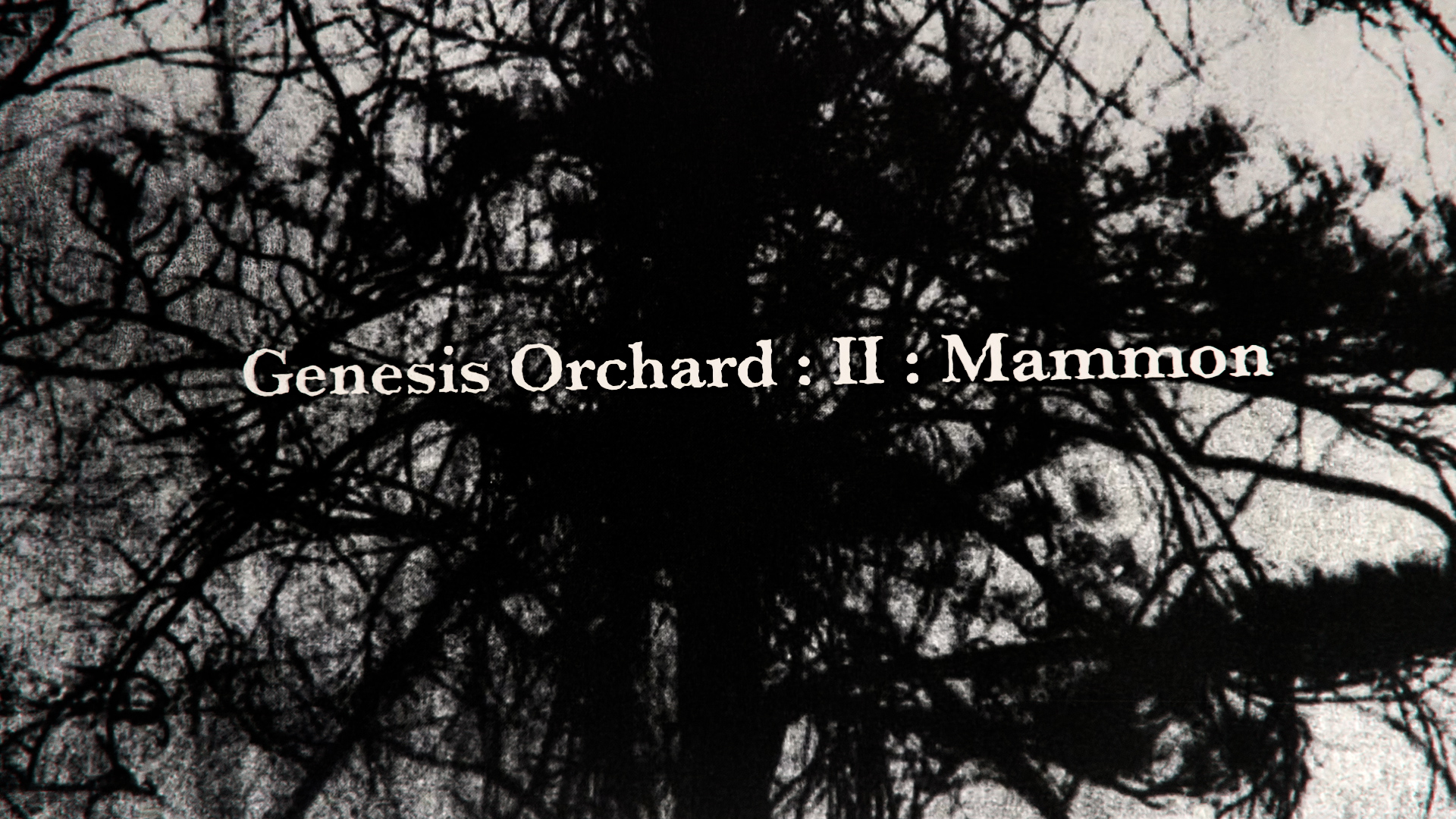

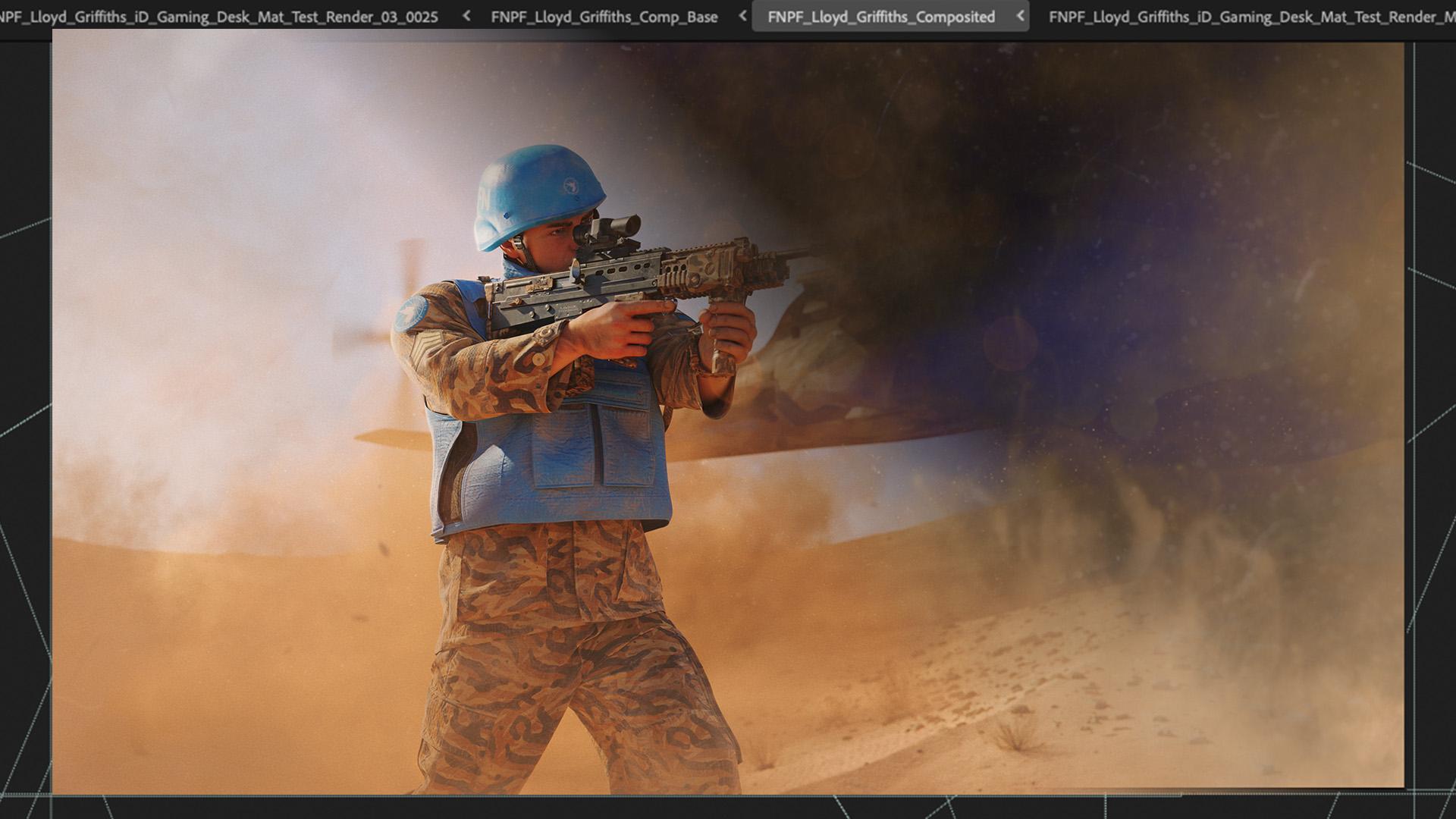
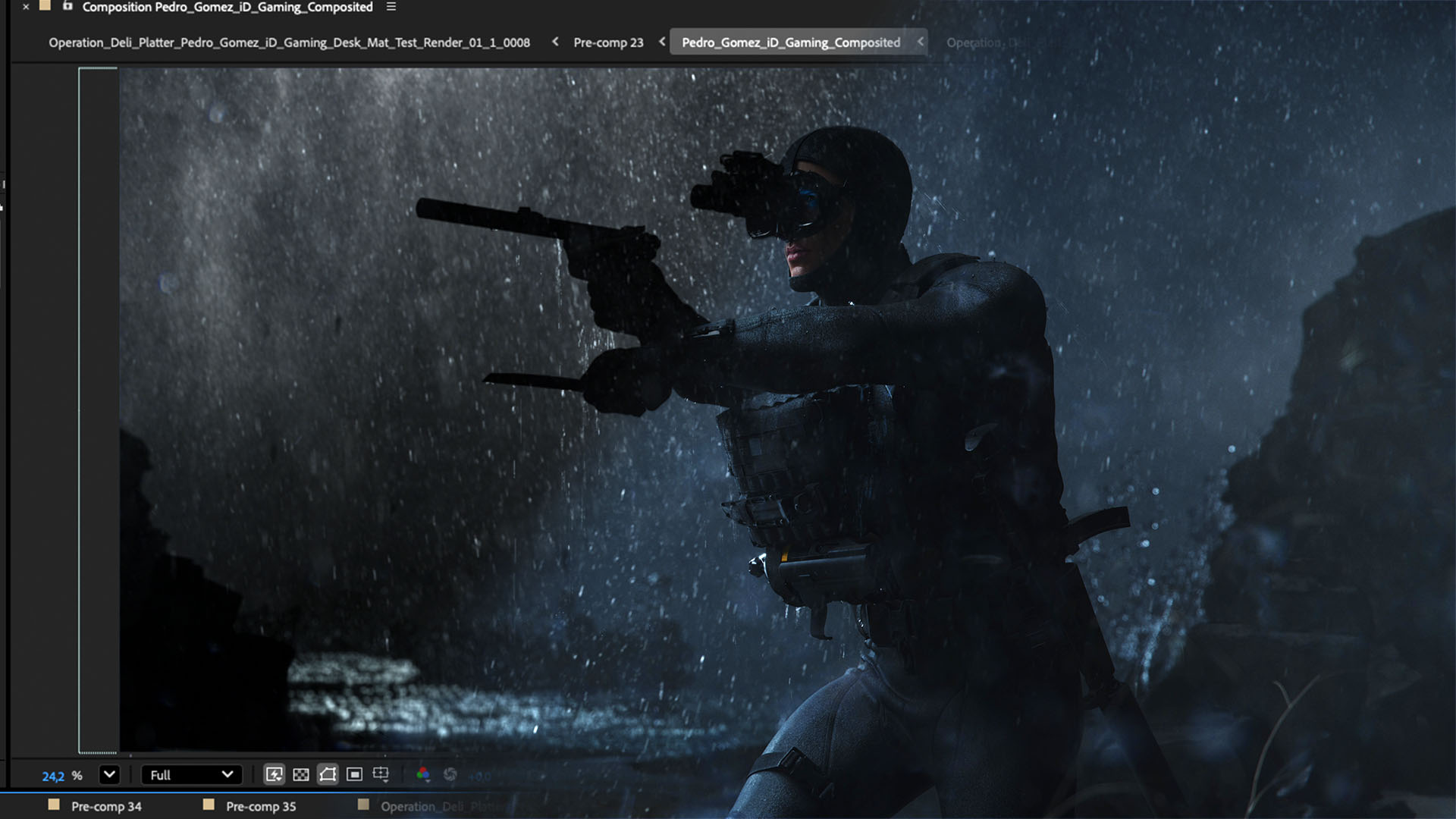


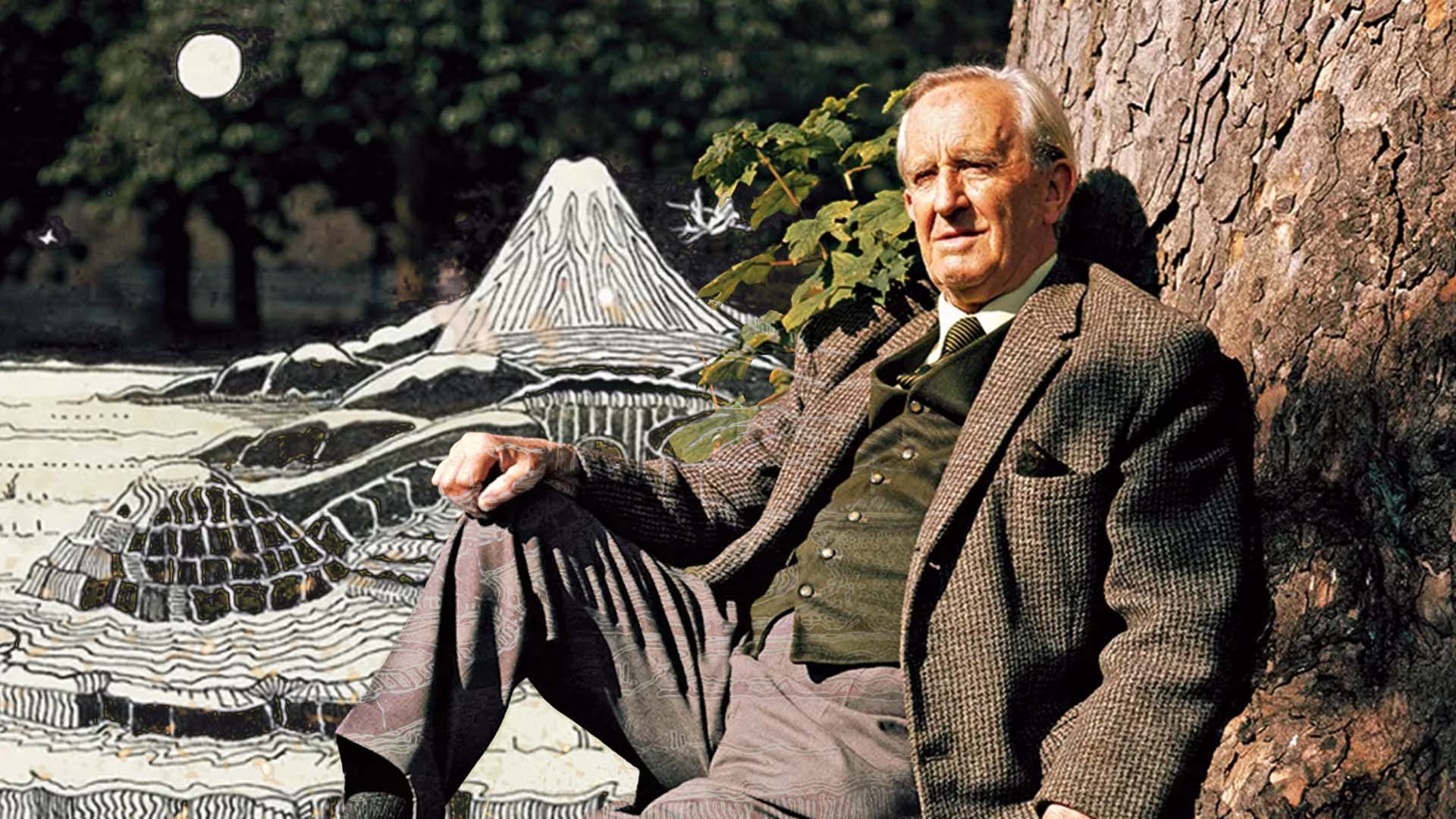







%20by%20Ivan%20Aivazovsky.jpg)






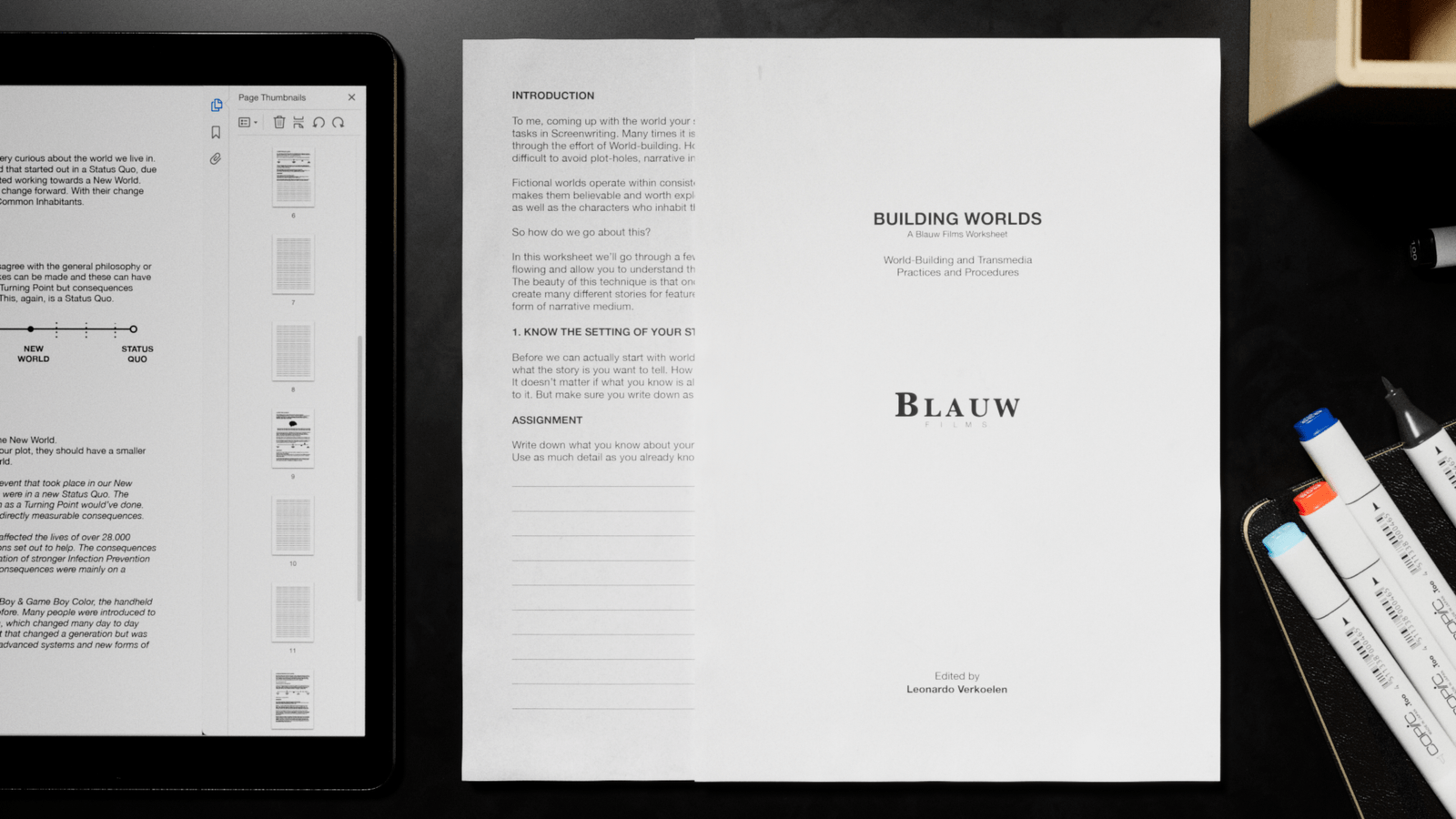










































































0 Comments